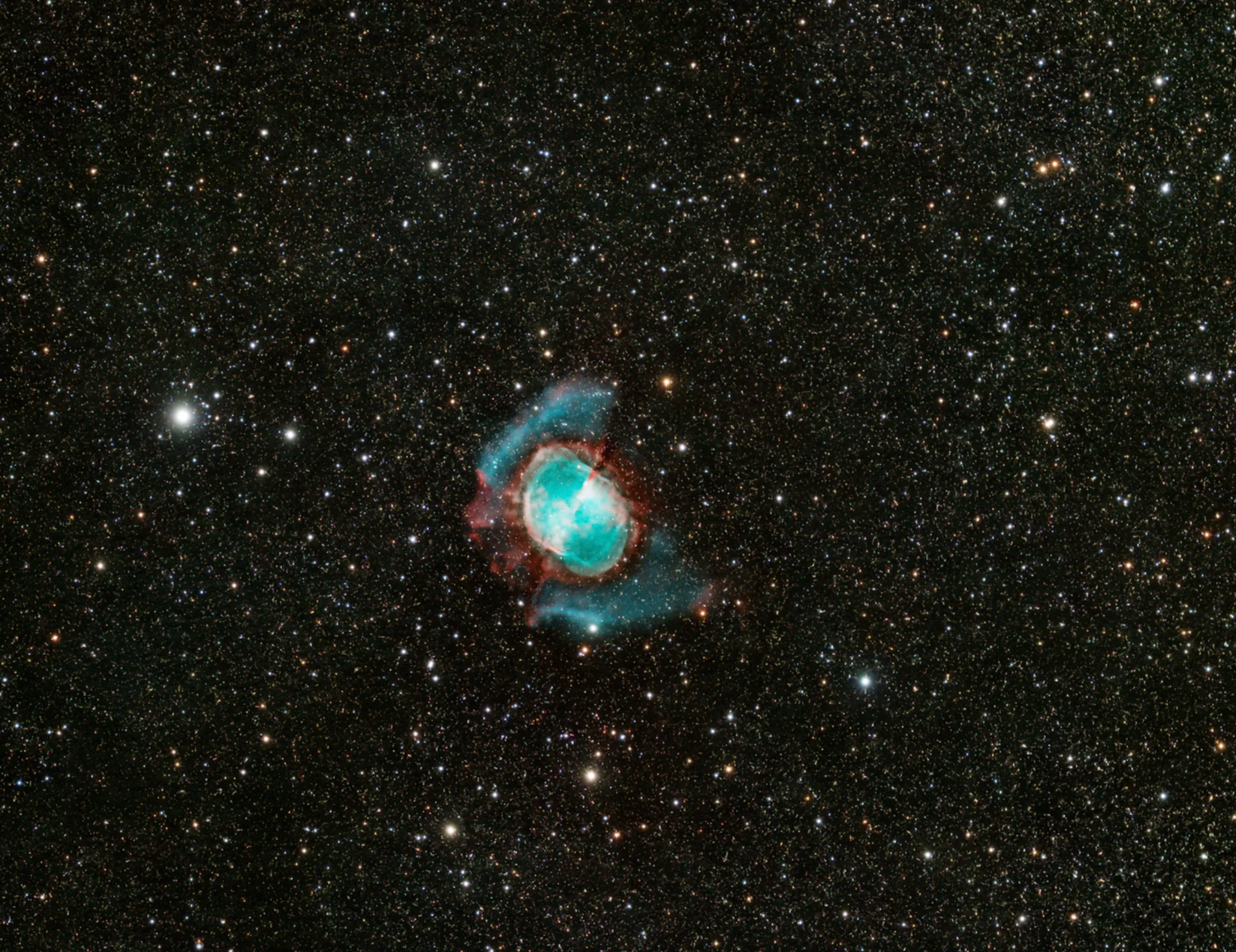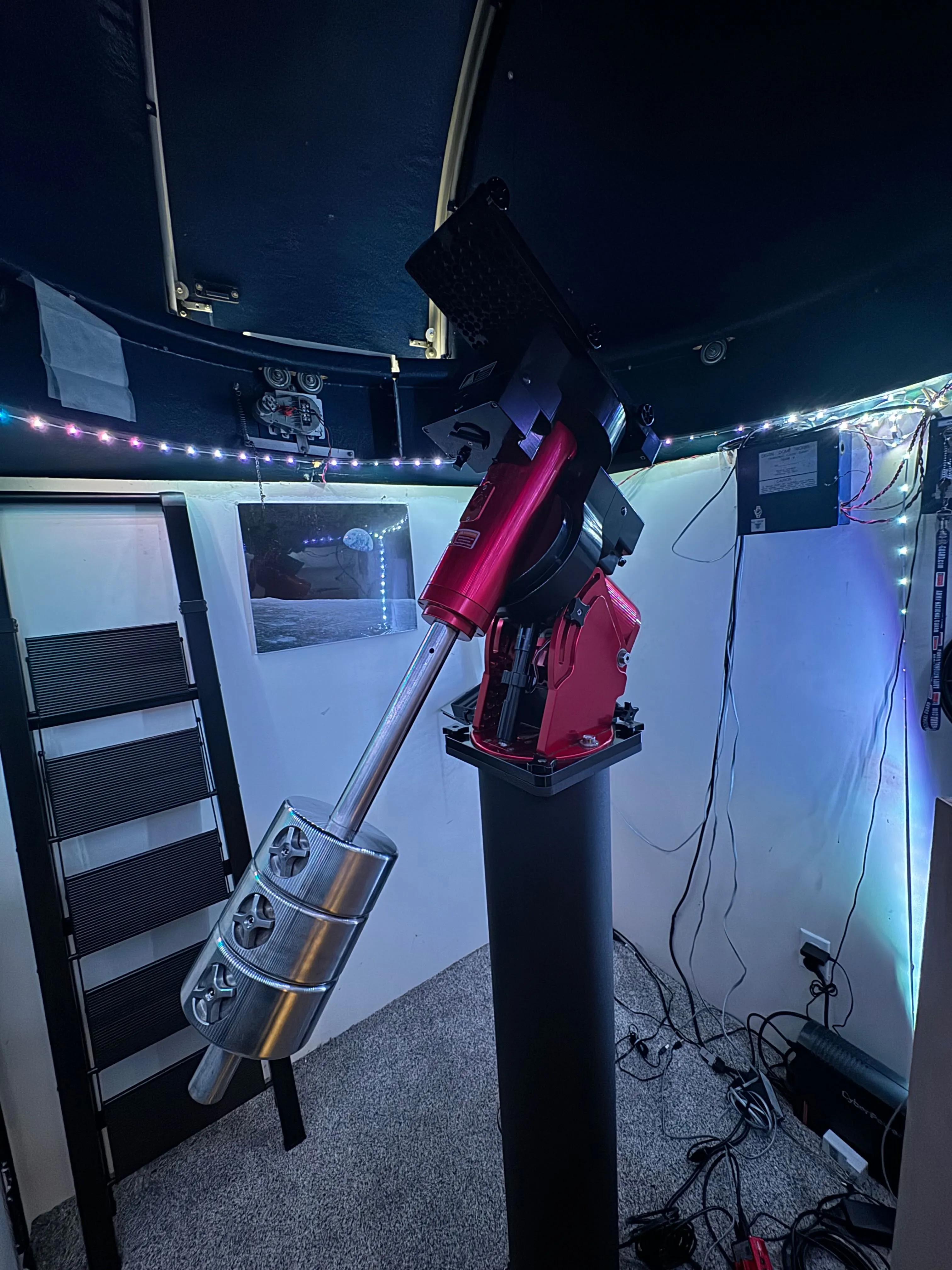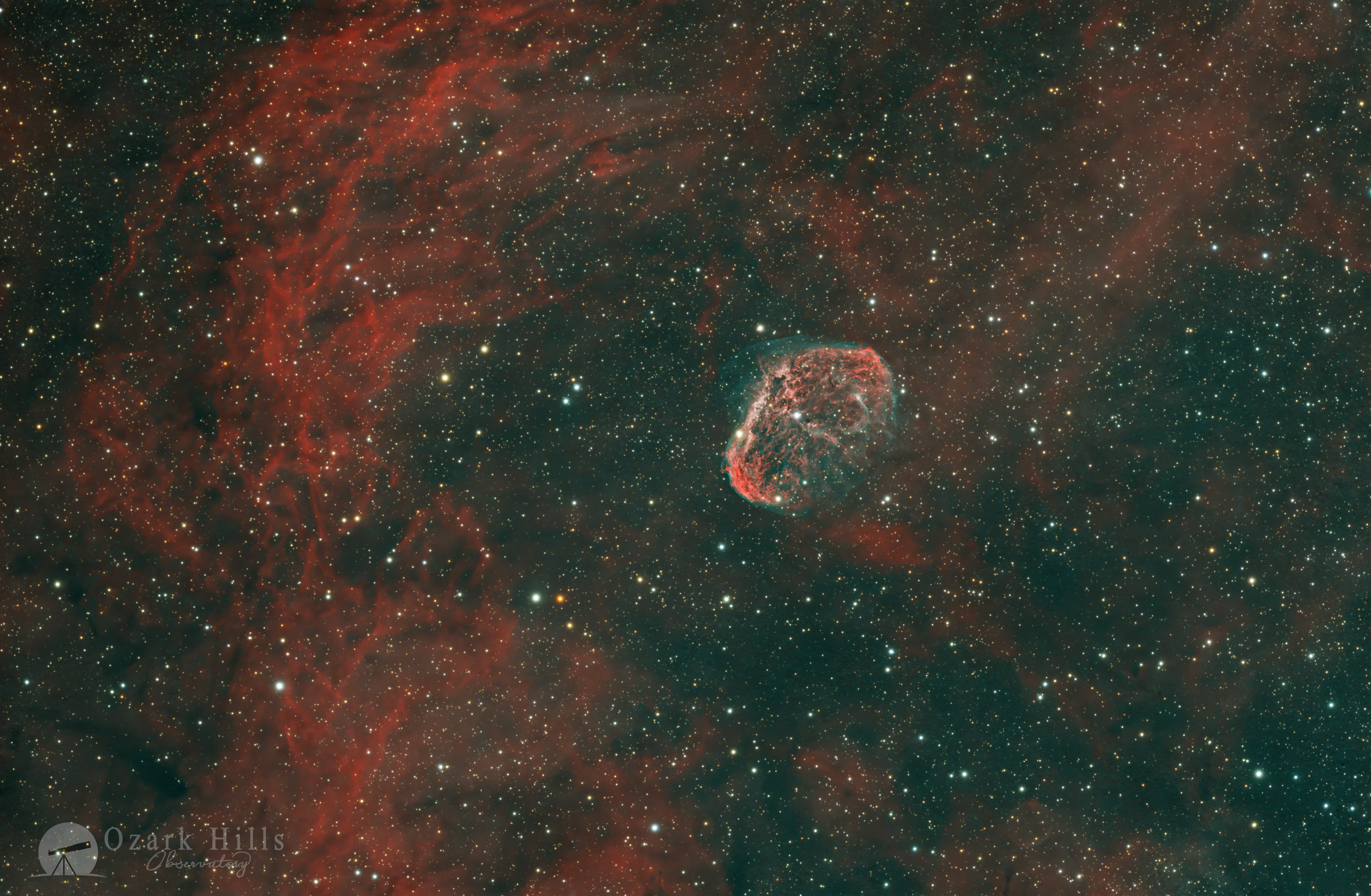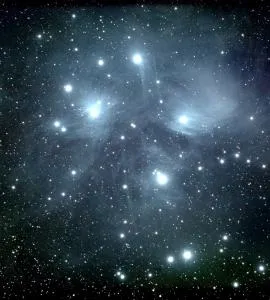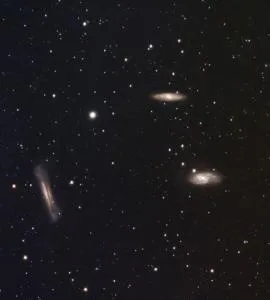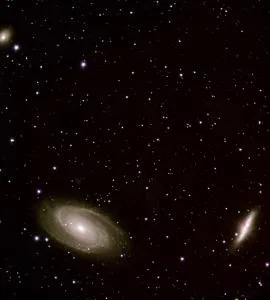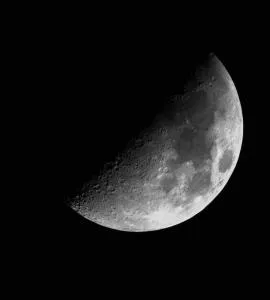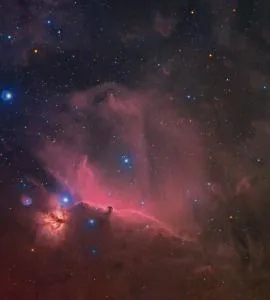Photographing M31 Andromeda galaxy with the Askar FRA600 and ZWO ASI6200MM
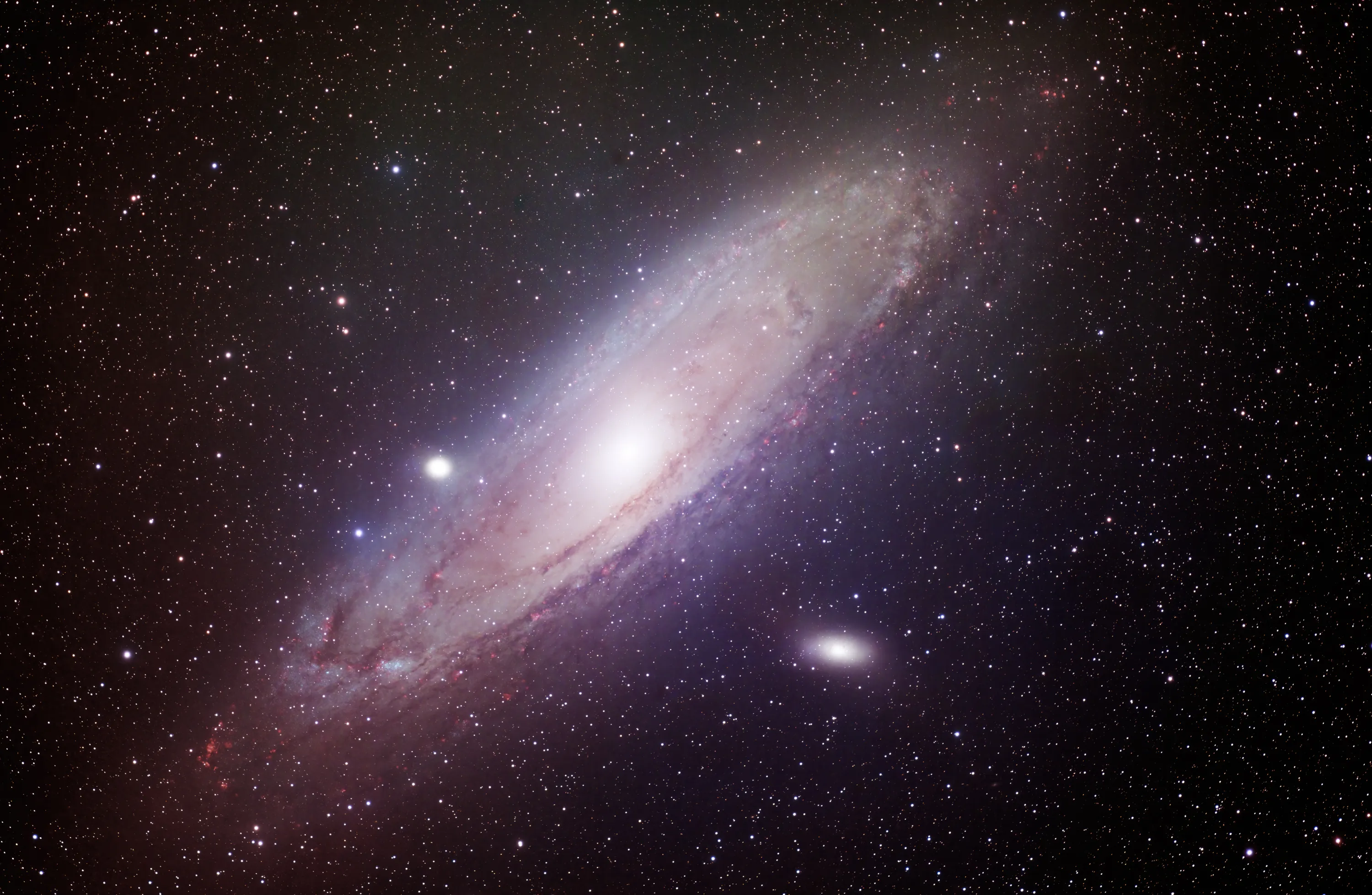
Hot August 2023 session of shooting M31 Andromeda galaxy using the Askar FRA600 telescope and ASI6200MM Pro camera in LRGB with Ha added in.
As the hot August summer sun beat down on the hills of Missouri, a different kind of celestial marvel awaited those who gazed upward. Armed with my ZWO 6200MM camera, and the Askar FRA600 telescope, I embarked on a journey to capture the stunning Andromeda Galaxy (M31) amidst the sweltering heat of a weekend in the heart of summer.
The Andromeda Galaxy, our nearest spiral galaxy neighbor, is a sight to behold in the night sky. Spanning over 220,000 light-years, its vastness and proximity make it a popular target for amateur astronomers and astrophotographers alike. Despite the challenging conditions brought on by the summer season, dedicated photographers ventured out to remote locations far from the city lights, armed with their telescopes, cameras, and a sense of wonder.
Photographing the Andromeda Galaxy during a massive heat wave presented its fair share of challenges. The heat and humidity required careful consideration of equipment to prevent condensation on camera lenses and telescopes. To make things even more interesting I decided to not just include the usual LRGB (Luminance, Red, Green, Blue), but also to capture the hidden Hydrogen Alpha data swirelling deep inside the galaxy itself.
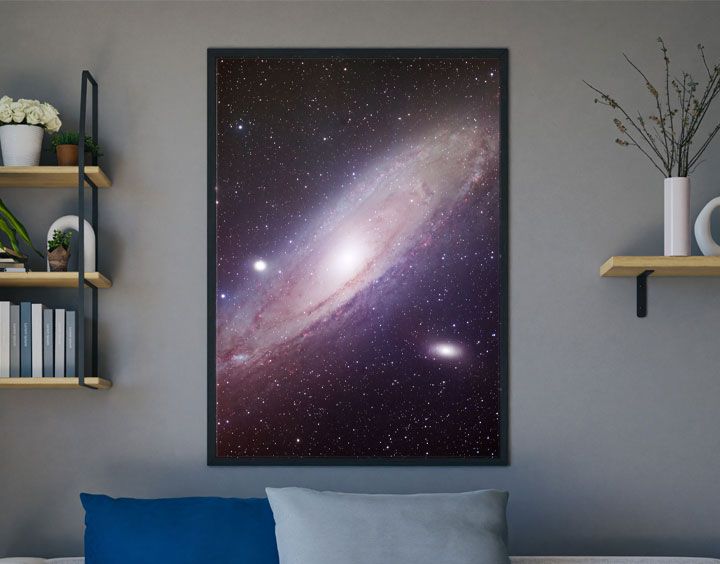
Some interesting facts about the Andromeda Galaxy (M31)
- Closest Spiral Galaxy: The Andromeda Galaxy is the closest spiral galaxy to our Milky Way. It's located about 2.5 million light-years away from us. Despite this vast distance, it's still one of the few galaxies visible to the naked eye from Earth.
- Size and Mass: Andromeda is approximately 220,000 light-years in diameter, making it larger than the Milky Way. It also contains over a trillion stars, which is roughly double the number in our own galaxy.
- Galactic Collision: Scientists predict that the Milky Way and Andromeda galaxies are on a collision course. In about 4.5 billion years, they are expected to merge and form a new galaxy, often referred to as "Milkomeda" or "Milkdromeda."
- Star Formation: Andromeda is actively forming new stars, especially in its spiral arms. This ongoing star formation is responsible for the galaxy's vibrant appearance in telescopic images.
- Black Hole at the Core: Like many galaxies, Andromeda has a supermassive black hole at its center. This black hole has a mass equivalent to about 140 million suns.
- Historical Significance: The Andromeda Galaxy was first observed and recorded by the Persian astronomer Abd al-Rahman al-Sufi in the 10th century. However, it wasn't until the 20th century that astronomers realized it was a separate galaxy and not a nebula within the Milky Way.
- Naked-Eye Visibility: Andromeda can be seen with the naked eye from dark skies. It appears as a faint, hazy patch of light in the constellation Andromeda.
- Satellite Galaxies: Andromeda has several smaller satellite galaxies that orbit around it. Notable examples include M32 and M110, which are often photographed along with the main galaxy.
- Cosmic Motion: Andromeda is moving towards the Milky Way at a speed of about 110 kilometers per second (68 miles per second). This motion is part of the gravitational interaction between the two galaxies.
- Light Travel Time: When we observe the light from Andromeda, we are seeing it as it was about 2.5 million years ago. This means we are observing the galaxy's past, not its current state.
- Source of Cosmic Rays: Andromeda is believed to be a significant source of cosmic rays, high-energy particles that travel through space at nearly the speed of light.
- Multiple Spiral Arms: Unlike the Milky Way's four arms, Andromeda has at least two major spiral arms, although its structure is more complex and still not fully understood.
- The Andromeda Galaxy continues to intrigue astronomers and space enthusiasts alike, providing valuable insights into the nature of galaxies, cosmic evolution, and the mysteries of the universe.
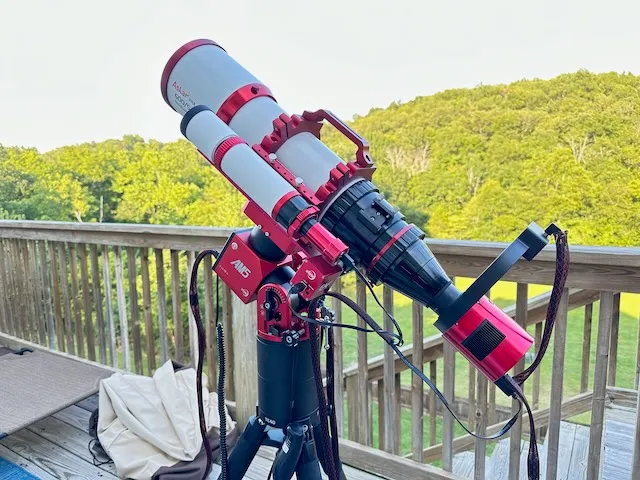
Equipment used to photograph the Andromeda Galaxy
Telescope: Askar FRA600 108mm f/5.6 Quintuplet Petzval Flat-Field Astrograph
Mount: AM5
Camera: ASI 6200MM with ASI filters
Guider: Williams Optics 50mm, ASI 120mm
Acquisition: LRGB= 10 - 10 minute subs (6.5 hours). Ha= 30 - 10 minute subs (5 hours). Total of 10.5 hours.
Darks/Flats/Bias: None
Processing: Pixinsight, Photoshop
Location: Missouri
Bortle: 4
About the Author

Meet Richard Harris, a passionate and dedicated astronomer who embarked on a cosmic journey at the age of 11 and has been reaching for the stars ever since. Born with an innate curiosity for the universe. Richard's fascination with astronomy ignited when he first gazed up at the night sky and felt an indescribable connection to the cosmos and creation. As a younger lad, Richard spent countless hours poring over astronomy books, studying constellations, and learning about the celestial wonders that grace our skies. In 2001, Richard invented the HyperTune telescope process, which has grown into the standard for German equatorial telescope mount tuning across the globe. He is also the founder of ScopeTrader, a global resource helping to grow the hobby of astronomy which started in 2002, and the CEO of Moonbeam software company, started in 2008. When he's not taking photos of our universe, you can find him with family, playing guitar, or traveling.

